Lassen Volcanic National Park offers Yellowstone vibes without the crowds
There’s a “hidden gem” in Northern California for travelers who prefer to stay off the beaten path, Lassen Volcanic National Park.
“We have volcanic features and hydrothermal features that you might find in, say, Yellowstone, but without all the crowds of Yellowstone,” said Carlo Arreglo, supervisory park ranger at Lassen Volcanic. “You can come out here and hike in the wilderness areas of the park and not see a soul, depending on time of year.”
There’s plenty else to see, though. Here’s what travelers should know about Lassen Volcanic National Park, the latest in USA TODAY’s yearlong park series.
Why is Lassen Volcanic special?
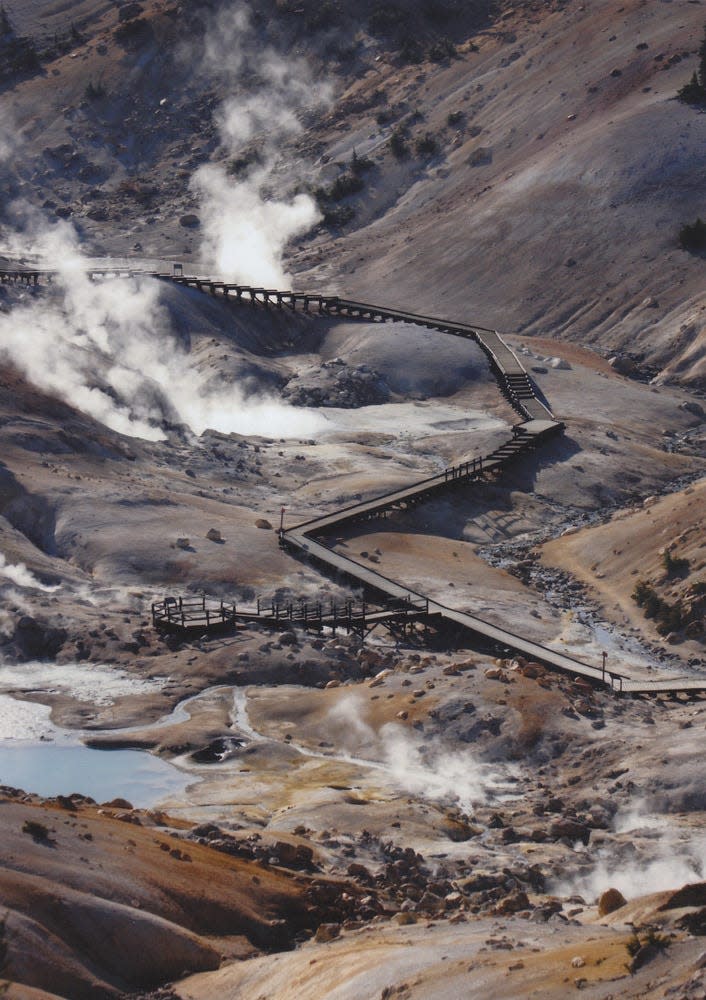
It’s right in the name: volcanoes.
“The four different types of volcanoes found around the world are found in Lassen Volcanic National Park, so people are definitely drawn to that,” said Arreglo.
“They're also drawn to Lassen Volcanic because it's a winter wonderland,” he added. The park gets up to 30 feet of snow each year, according to its website. “People come out here to do a lot of skiing and snowshoeing.”
Other draws include the park’s more than 150 miles of hiking trails and dramatically dark skies.
“Lassen is blessed with having minimal light pollution, so the stars, no matter what time of year, are super incredible out here,” Arreglo said.
The most beautiful national parks based on 2023 reviews
What are the four volcanoes in Lassen National Park?
The four types of volcanoes are composite, cinder cone, plug dome and shield.
The park’s website notes, “every rock at Lassen originates from volcanoes.”
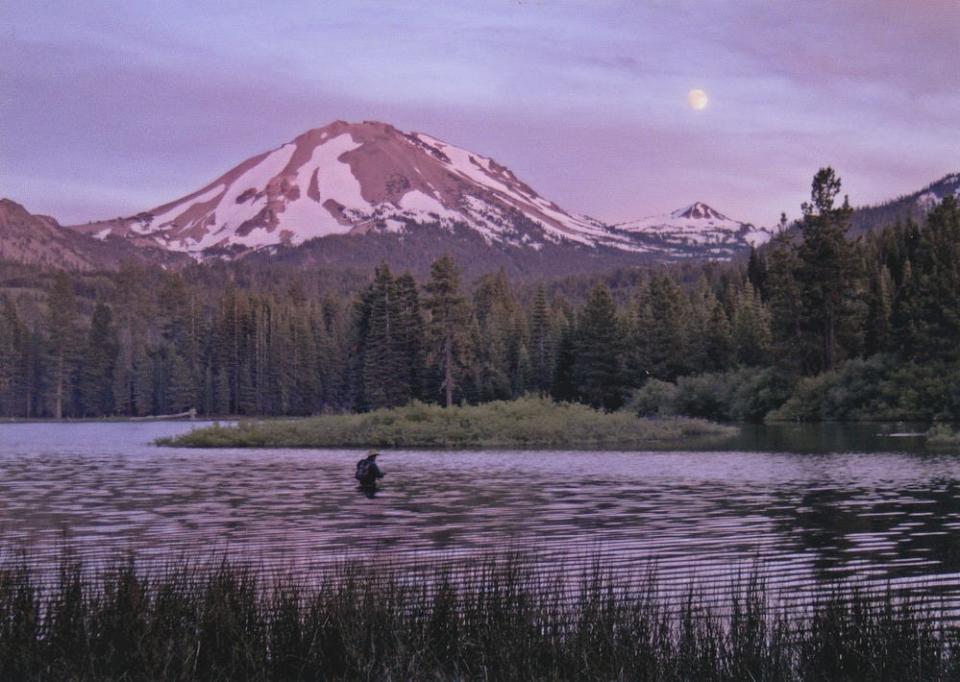
Is ‘Lassen Volcano’ still active?
Lassen Peak hasn’t erupted in more than a century. According to the park, there were a series of eruptions between 1914 and 1917, with the biggest being in 1915.
“When it erupted back then, it was massive,” said Arreglo. “People across the country wanted to come to California to see Lassen Peak.”
All these years later, he added, “There's a lot of steam vents and mudpots and fumaroles. And these are all heated by magma below the surface of the Earth, so that's an indicator that there's potential volcanic activity. But the park does not have any active volcanoes at present. Knock on wood.”
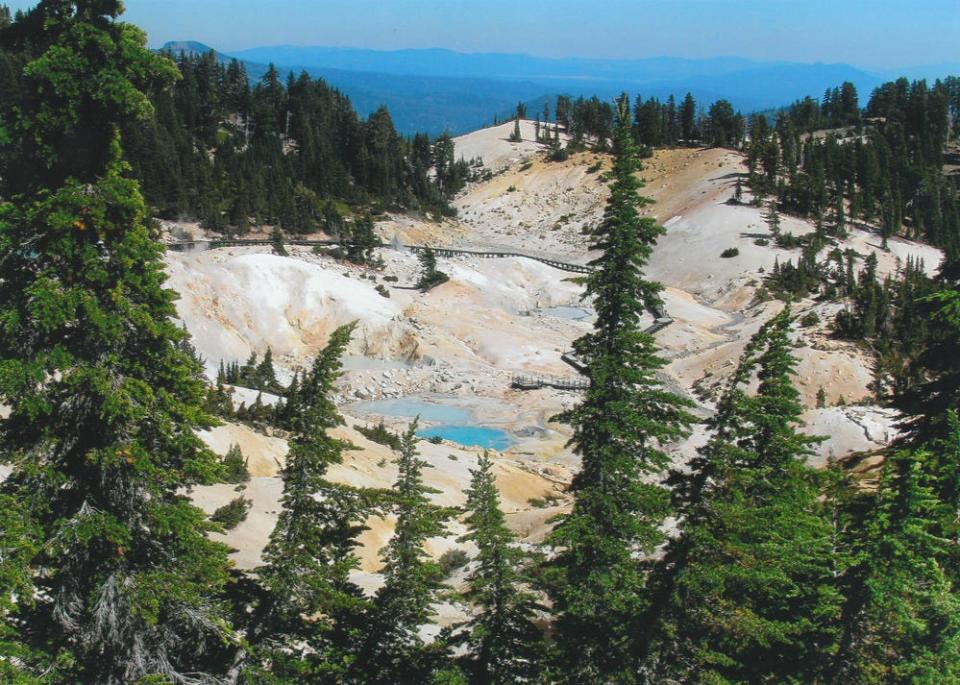
Is it safe to visit Lassen Volcanic National Park?
Yes, but there are still a few possible dangers, like avalanches in the winter and dehydration in the summer due to the sun and elevation.
Travelers are advised to stop by the visitor’s center to talk to park rangers about avalanche safety in the winter and to bring plenty of water, snacks and appropriate headwear in the summer.
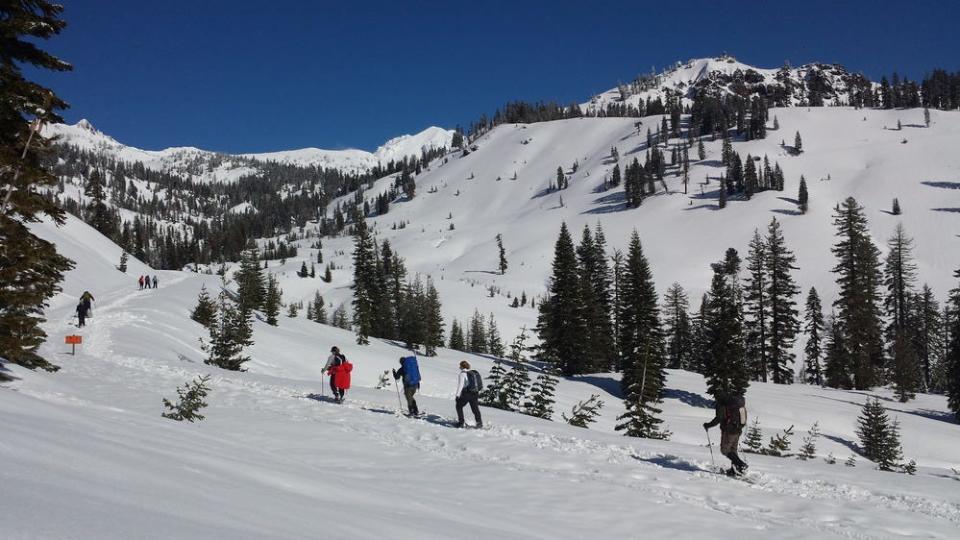
What is the closest city to Lassen Volcanic National Park?
The closest city is Redding, California, less than an hour away by car. Sacramento is about three hours away.
“Redding has a regional airport. Sacramento has an international airport,” Arreglo said.
There is a $30 entrance fee for cars.
Can you see Lassen Volcanic National Park in one day?
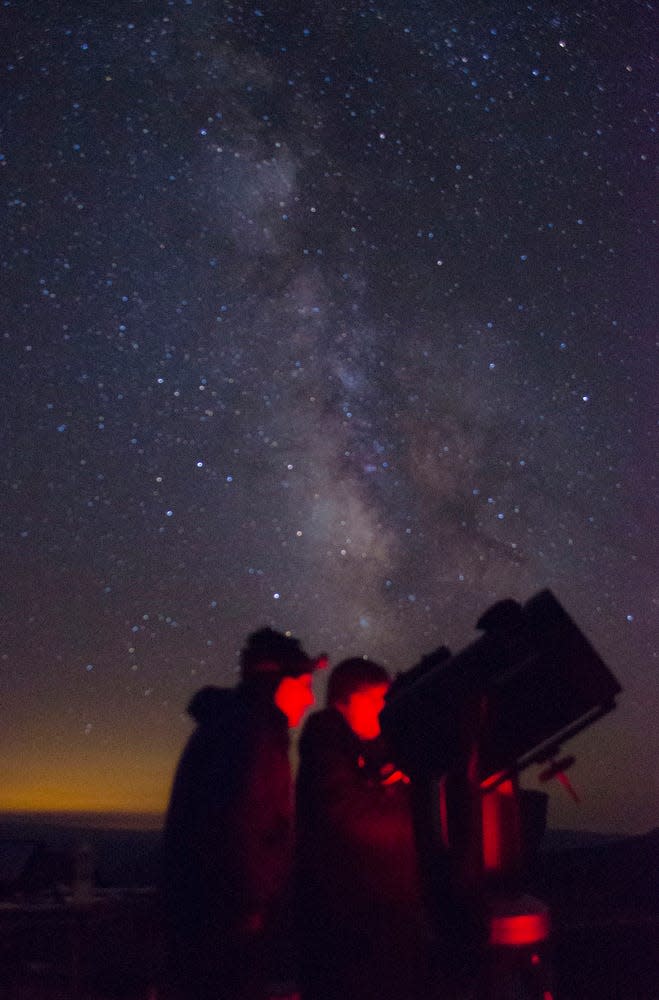
“You can hit quite a few highlights in one day if you go along the park highway, 89,” Arreglo said. “And if they download Lassen Volcanic National Park on their phone via the NPS app, they can get a little audio tour along the park highway.”
Areas of interest include Manzanita Lake, Sulphur Works, Bumpus Hell, Kings Creek Falls and “if people are feeling ambitious,” Lassen Peak.
“If visitors had a second day, I would say go out to Cinder Cone, “ Arreglo added. “Cinder Cone doesn't have any trees at the top, so the view of the Milky Way or the night sky won't be impeded by trees. That would be like a little ranger tip.”
Visitors should note Highway 89 closes for the winter, and snow clearing doesn’t begin until April, according to the park’s website.
The Loomis Museum near the park’s northwest entrance is also closed until summer, but Kohm Yah-mah-nee Visitor Center remains open year-round.
What is the best time of year to visit Lassen Volcanic National Park?
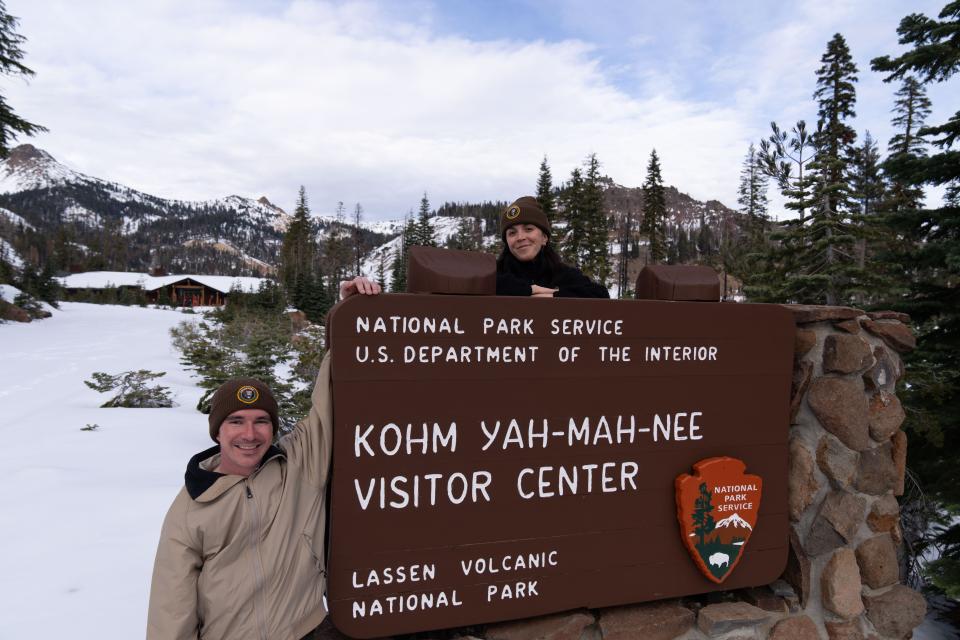
“September is an amazing time to visit, especially after Labor Day weekend,” Arreglo said. “The weather's still really, really nice, and there's a good amount of daylight.”
He said spring is nice too, though there may still be snow on the ground.
“Summer can be really busy here, but that's also when we do our night sky programs,” he added.
Busy is relative. Of the 63 national parks across America, Lassen Volcanic ranked 43rd for visitation with about 446,000 visitors in 2022. For perspective, Yellowstone saw nearly 3.3 million visitors that same year.
Who are the Native people of Lassen Volcanic National Park?
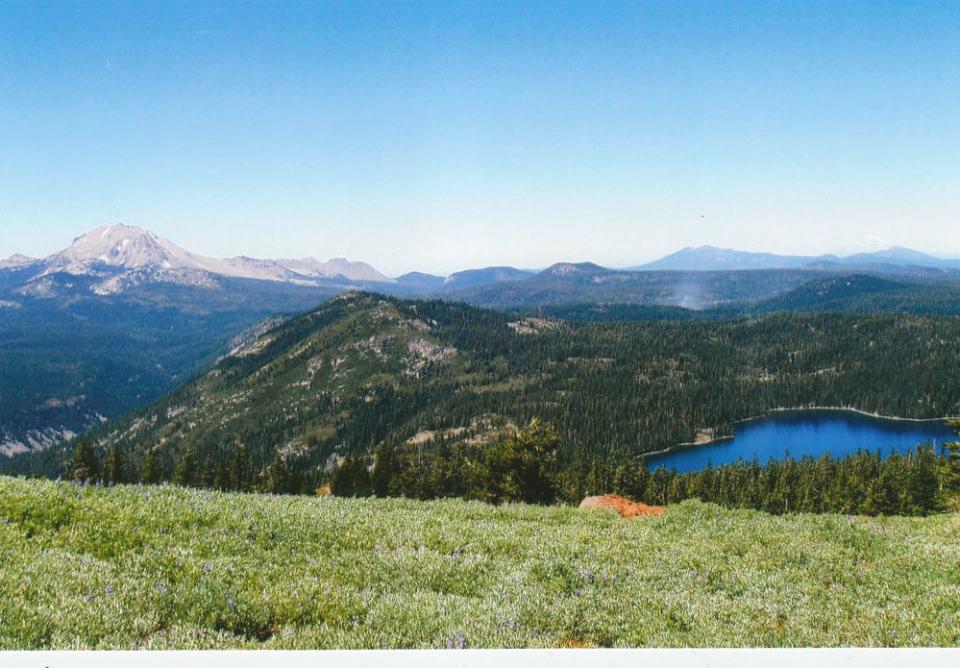
“The Lassen area was a meeting point for at least four Native American Indian groups: Atsugewi, Yana, Yahi, and Maidu,” according to the park’s website. “Because of its weather and snow conditions, generally high elevation, and seasonally mobile deer populations, the Lassen area was not conducive to year-round living. These Tribes camped here in warmer months for hunting and gathering.”
Their present day descendants include:
This article originally appeared on USA TODAY: Yellowstone without the crowds. Meet Lassen Volcanic National Park.

